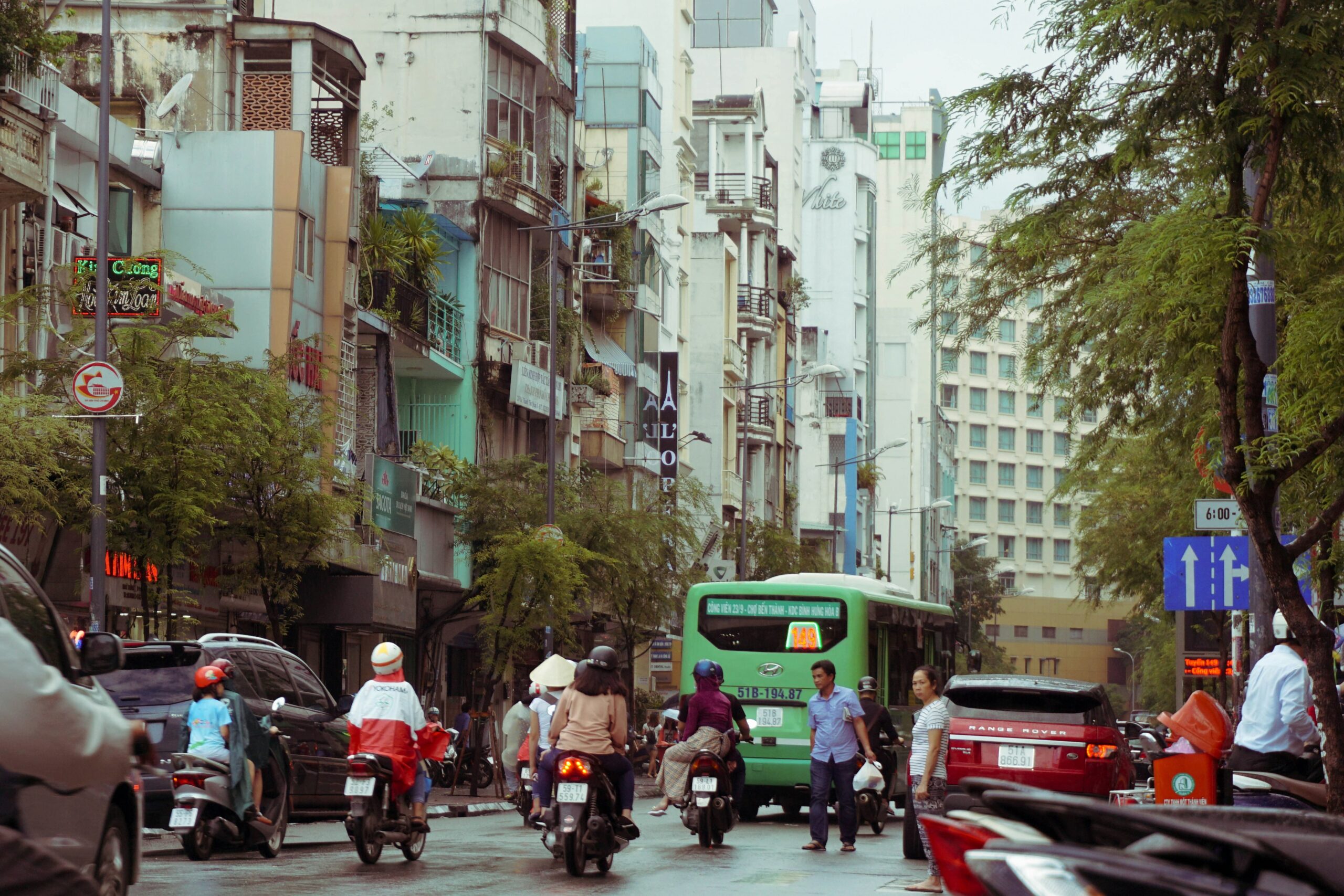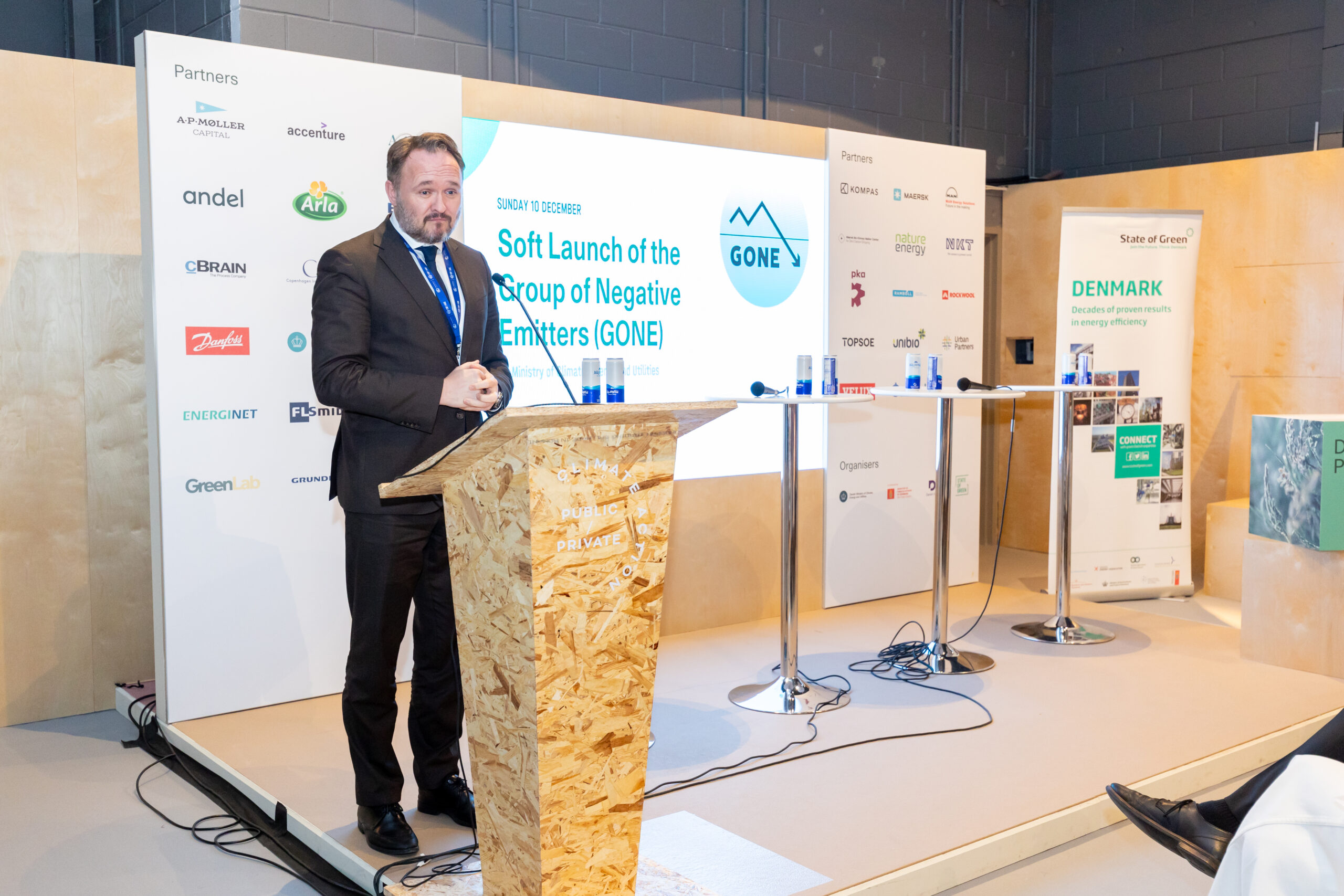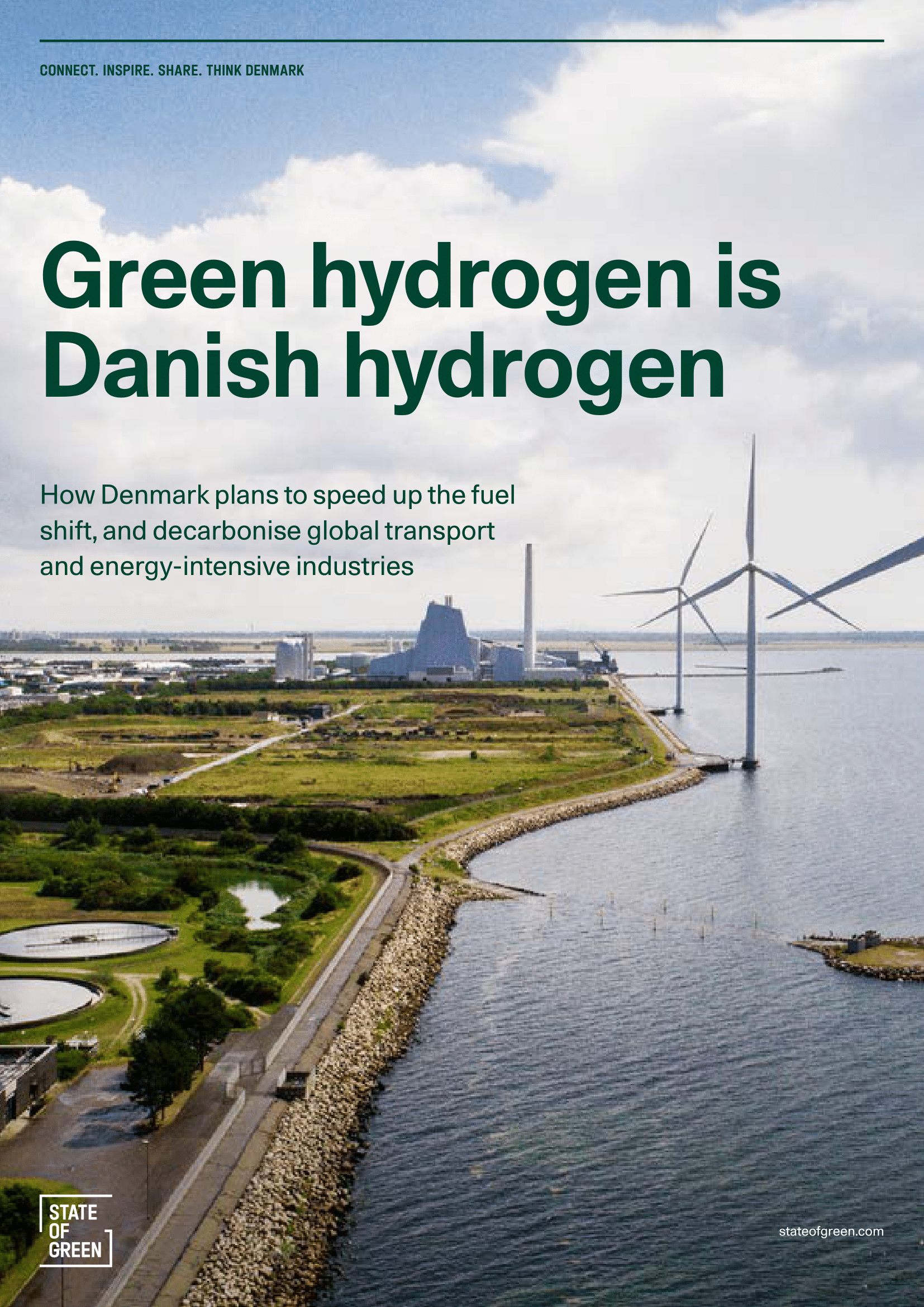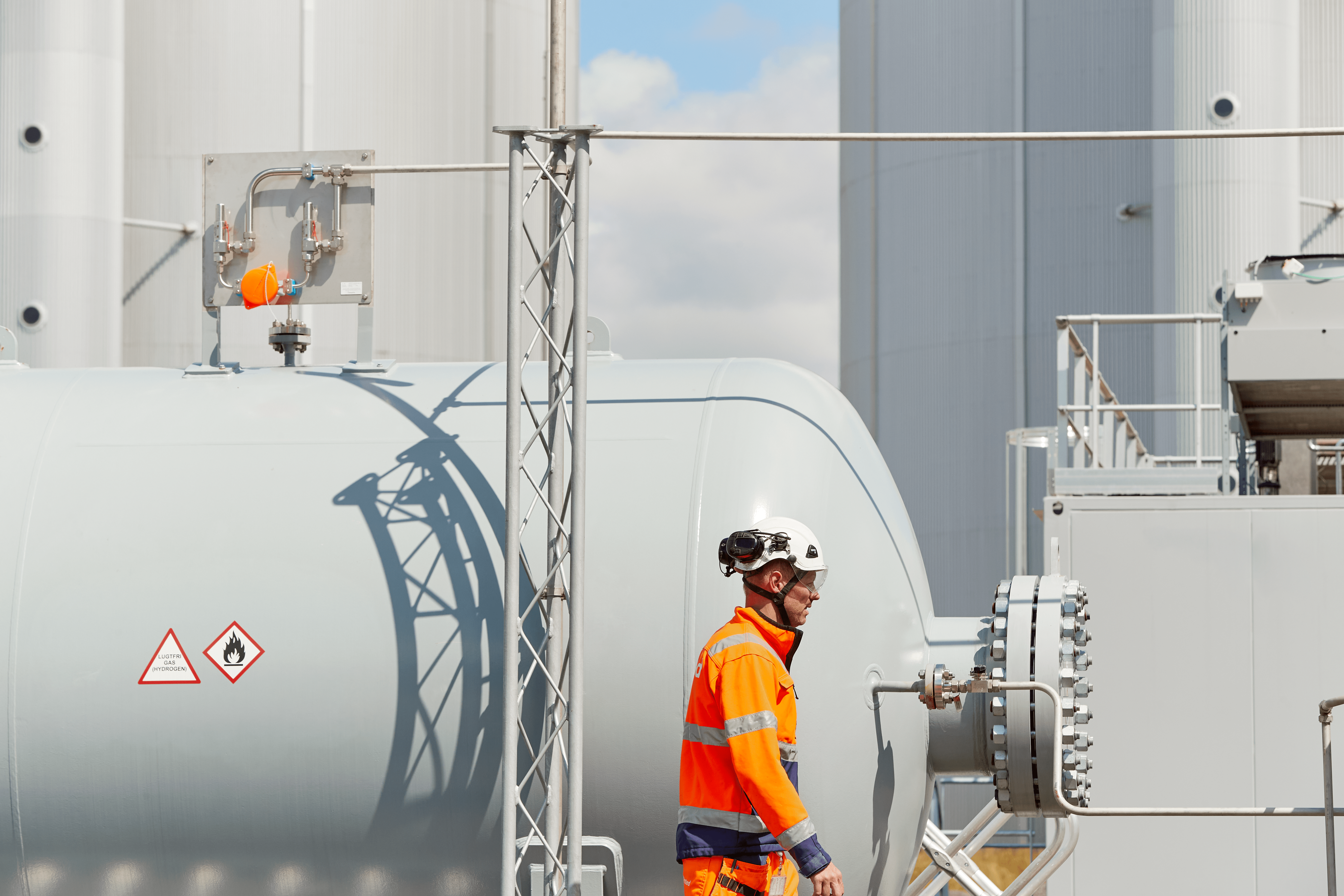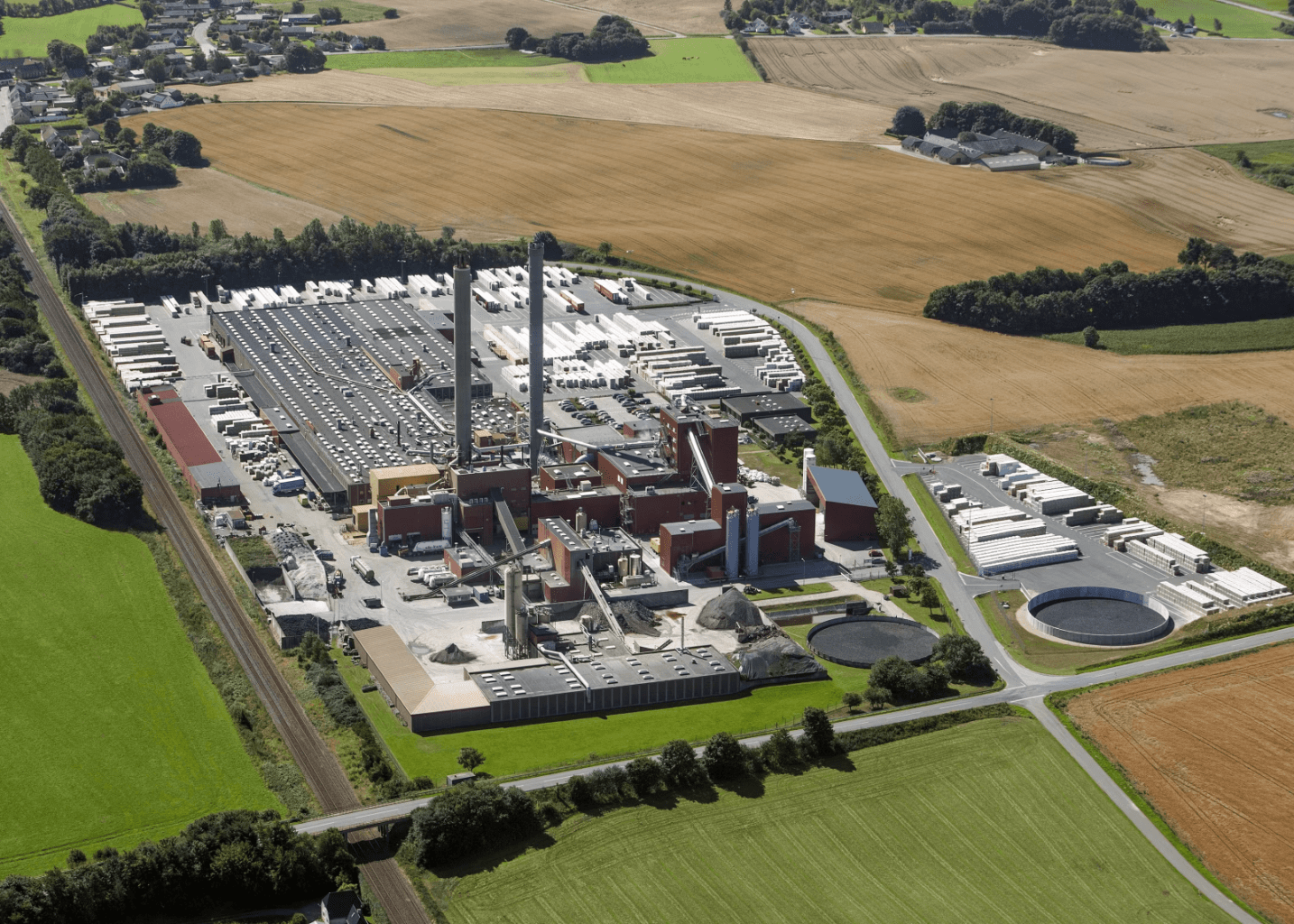News
Buildings
District energy
District heating
+7
5 Minutes to Everything


The local plan for the first part of Nordhavnen has been approved by the authorities and a Nordhavnen branch of the new Metro City Line is being designed now.
The project will become one of the largest urban development projects in recent time from both a construction and a sustainability perspective. Sustainability will be integral to all aspects of the process and will set new standards for working with sustainability – both in Denmark and on a global scale.
Social, economic and environmental sustainability go hand in hand in Nordhavnen. Sustainability does not only relate to a sustainable supply of energy or one or two sustainable buildings, but will be part of every aspect of the everyday life for the thousands of people living there.
“The new way of working with sustainability is to balance all elements. This applies to solar cells, heating stations, waste to energy, water consumption, transportation, cultural events, managing urban water and adapting to climate changes. All of this needs to be balanced into one sustainable whole. The challenges are to define how people interact with one another and create a flexibility that makes the sustainable space wide enough to fulfil every need,” says Søren Hansen, Project Director in Ramboll.
Retail trade illustration in Nordhavnen. Image courtesy of By&Havn
A holistic solution
“Our overall approach to the Nordhavnen project is to work coherently. Instead of working with isolated features, we are creating a holistic concept where environmental, social and economic aspects are all included. What is important is to balance all the elements and make sure that they will not outweigh each other,” Søren Hansen continues.
Ramboll is solving three major tasks in Nordhavnen. Besides from being consultant for By & Havn on the overall development, Ramboll is also playing a central role in the new metro line that will serve the area and Nordhavnsvej, which will provide a direct road connection between Elsinore motorway and Nordhavnen.
– Read more about: Smart Cities
“Often budgetary considerations are the biggest obstacle for sustainable solutions. But this is not always the case. The biggest challenge for sustainable solutions is probably the time factor. They take more time to develop and you need more competences during the process. A sustainable city should be able to offer all the comfort and all the opportunities for development that any other city can offer. At the same time, it needs to affect the environment to a far lesser degree, which will only be possible if we focus on sustainability from the very beginning,” says Anders Dyrelund, Senior Market Manager, Ramboll
A five minute principal
According to Søren Hansen, the new development’s social and sustainability credentials will be underpinned by a so-called ‘five minute principal’, meaning that all facilities can be reached in no more than five minutes – including the school, the daycare facilities, the grocery stores or the metro. The principal will help ensuring a tight-knit and varied urban area.
– Read more: Sharing Cycling Secrets from Denmark
“The city of Copenhagen’s approach to sustainable transportation is to encourage the use of bicycles and public transportation. With this in mind, we are offering local residents alternatives to their car by making sure that it takes no more than five minutes by foot or bicycle to reach public transportation,” explained Søren Hansen.Dense meets open illustration of Nordhavnen. Image courtesy of By&Havn
“The challenge of creating a sustainable city is not to create life – but to create the good life,” says Claus Billehøj, Chief of Section, Municipality of Copenhagen
Solar cells and geothermal energy
From an environmental perspective, the CO2-neutral urban area will accommodate energy forms such as district cooling, district heating and geothermal energy, while solar cells will provide electricity. A geothermal energy plant will deliver heat to Nordhavnen and parts of the nearby Østerbro city district. The world’s biggest heating storage facility will store surplus heat in the summertime and use the stored energy in the wintertime.
Copenhagen: Environmental metropolis
The municipality of Copenhagen is using Nordhavnen as a best practice example of sustainable city planning. The municipality has developed a sustainability tool to use during the process and for associated dialogue. The tool will help establish a common understanding for future sustainable development in Copenhagen.
“The ambition is to make Copenhagen a role model for the sustainable development of cities all over the world. Nordhavnen will contribute to Copenhagen’s status as an environmental metropolis and a leading city in sustainable development – from an economic, social and environmental perspective,” said Claus Billehøj, Chief of Section in Municipality of Copenhagen.

